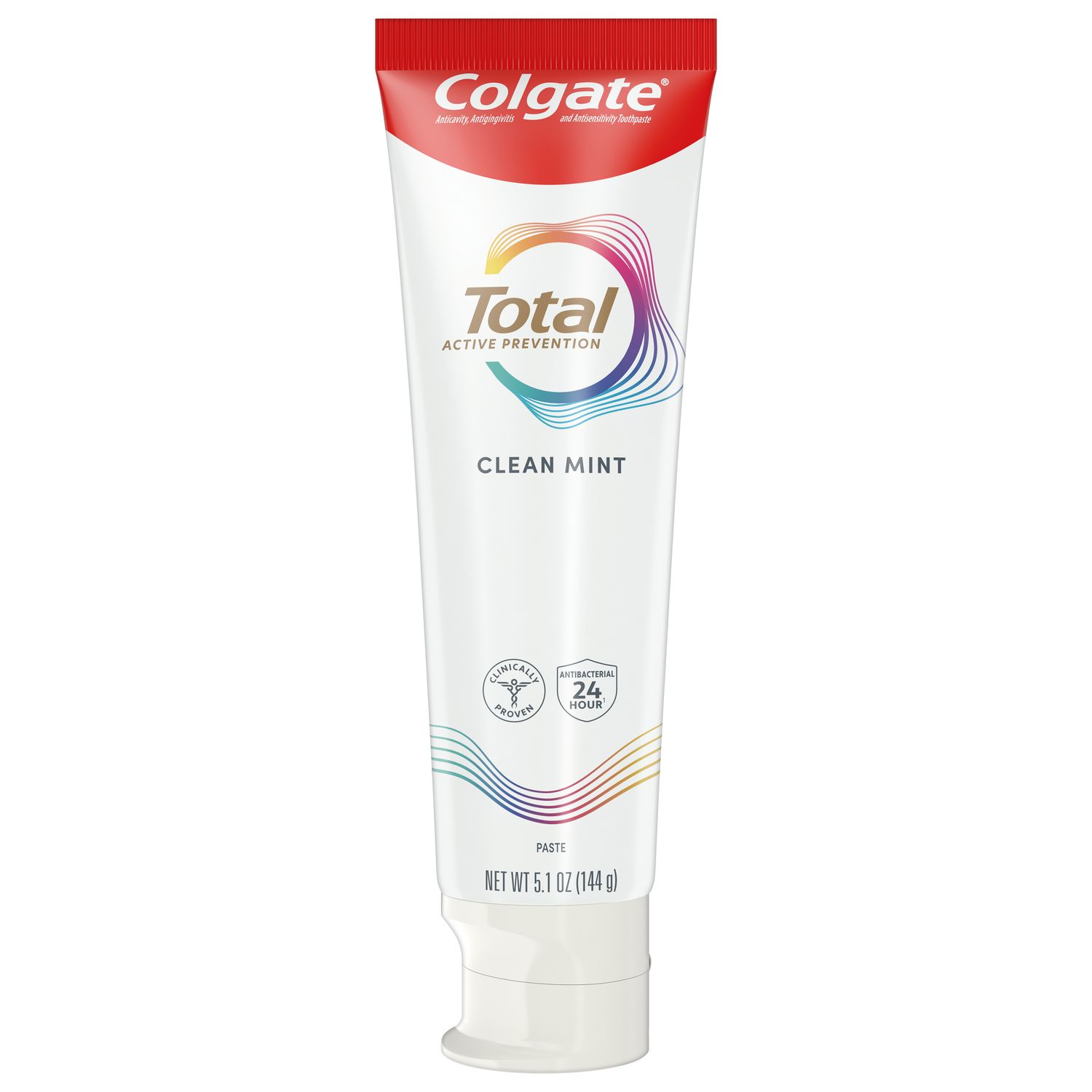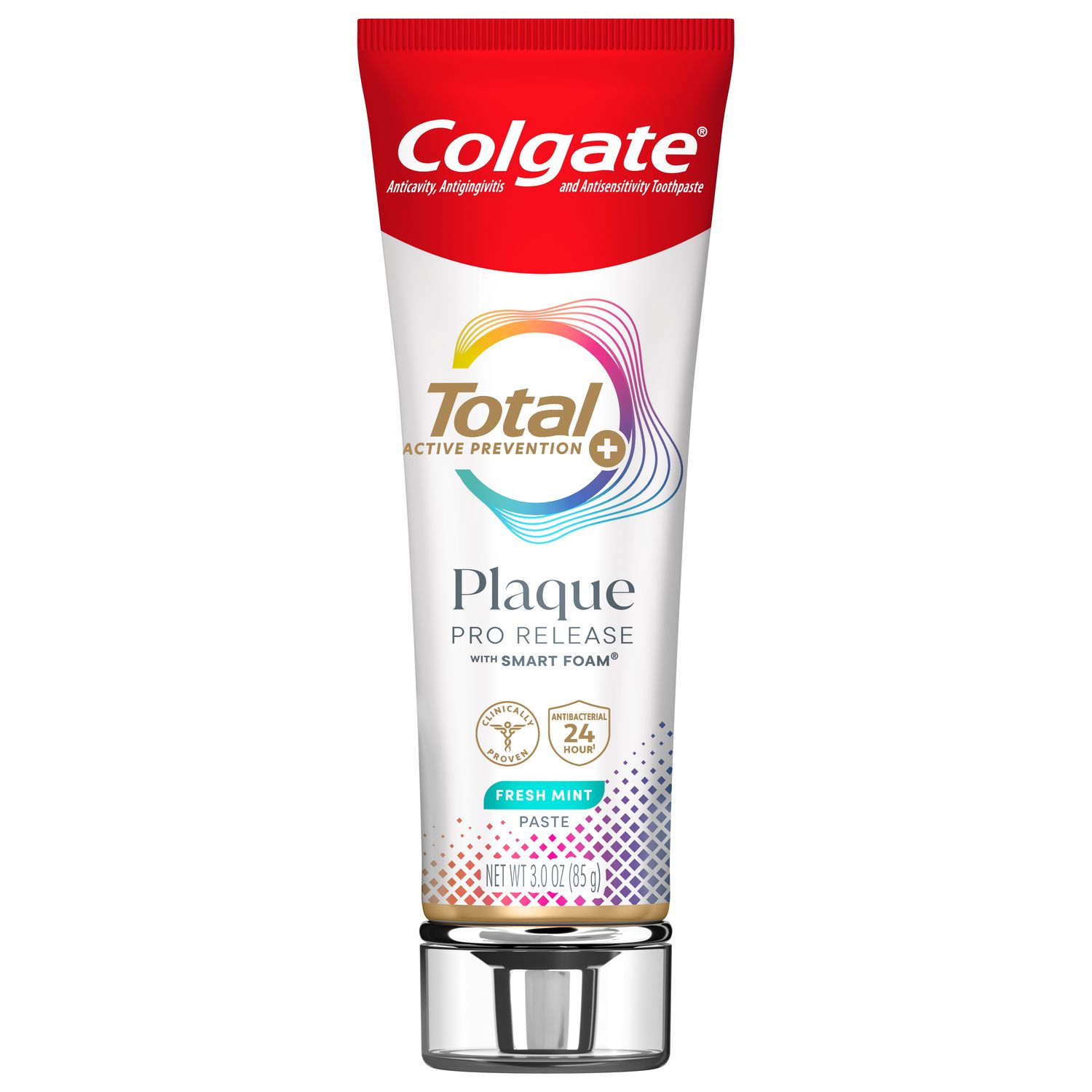
As dental hygienists, we’re always thrilled to know that our patients are enthusiastic about their oral hygiene habits. However, there is such a thing as too much enthusiasm! Here, we talk about the risks your over-brushing patients might face and how you can support them in your daily practice.
The dangers of overbrushing
An overenthusiastic brusher may brush their teeth too hard, too often, and/or for too long. Aggressive brushing is problematic because it can damage gingival tissues and cause irritations. It may also lead to gingival recession. Overenthusiastic (or aggressive) brushing can also lead to loss of enamel over time. If this continues, it can result in exposure of dentin and potentially dentin hypersensitivity, causing the patient discomfort or pain when exposed to hot, cold or sweet stimuli. Brushing may also become painful for the patient, making proper oral hygiene difficult. In situations where gingival recession occurs, cementum may be exposed. Since it is much softer than enamel, it is more vulnerable to abrasion than enamel, again leading to exposed and sensitive dentin.
Identifying mechanical abrasion
Abrasion, such as that caused by aggressive toothbrushing, may manifest as shiny, worn areas spots on the surface of the tooth close to the gingival margin. These often appear yellow or brown in color, with a wedge-shaped indentation.
How to manage an overenthusiastic brusher
If you’re seeing signs of overbrushing, it’s important to address the problem before it progresses.
1. Get an objective account
Is your patient brushing too often? Too hard? For too long? How do they know? A guess of “around two minutes” could easily be three, and “normal pressure” could be interpreted as anything that isn’t painful. Ask your patient to demonstrate their 'typical brushing' so that you can see for yourself where the problem might lie.
2. Reinforce the good
Your patient may be overbrushing because they think more is better! This shows a desire to practice healthy habits, even if the method is misguided. Be sure to reinforce their commitment to good oral hygiene and present your advice as a helpful partner, rather than being critical.
3. Get back to basics
We live and breathe oral hygiene, so what is obvious to us may not be so obvious to our patients. Make sure that your patient has the basics in place: brushing for two minutes, twice daily, with a fluoride toothpaste. Reassure them that this is sufficient brushing for good oral health, and that longer or more frequent brushing can sometimes do more harm than good.
4. Demonstrate proper technique
Show your patients the correct pressure, angle and motion of toothbrushing to perform oral hygiene while still protecting the teeth and gingival tissue. Advise them how to hold their brush, making sure that the bristles are slightly under the gingiva. Applying a gentle but firm pressure, they should then move the brush in small, circular motions over the teeth. Demonstrate on a dental model and invite your patient to try so that you can offer any necessary guidance or correction.
5. Recommend a suitable toothbrush
Tools are just as important as technique. A toothbrush with medium or hard bristles can exacerbate the problem of overbrushing. It is recommended that a toothbrush with soft or ultra-soft bristles is used. One example is the Colgate® Slimsoft™ Toothbrush. Your patient may believe that a soft-bristled toothbrush does not clean their teeth well, so they may need reassurance that it is effective.
You could also recommend a powered toothbrush, most of which feature timers and pressure sensors. Some Bluetooth-enabled models, like the Colgate® hum, connect to apps to offer insights and coaching on duration, frequency, pressure and coverage.
Join us
Get resources, products and helpful information to give your patients a healthier future.
Join us
Get resources, products and helpful information to give your patients a healthier future.












